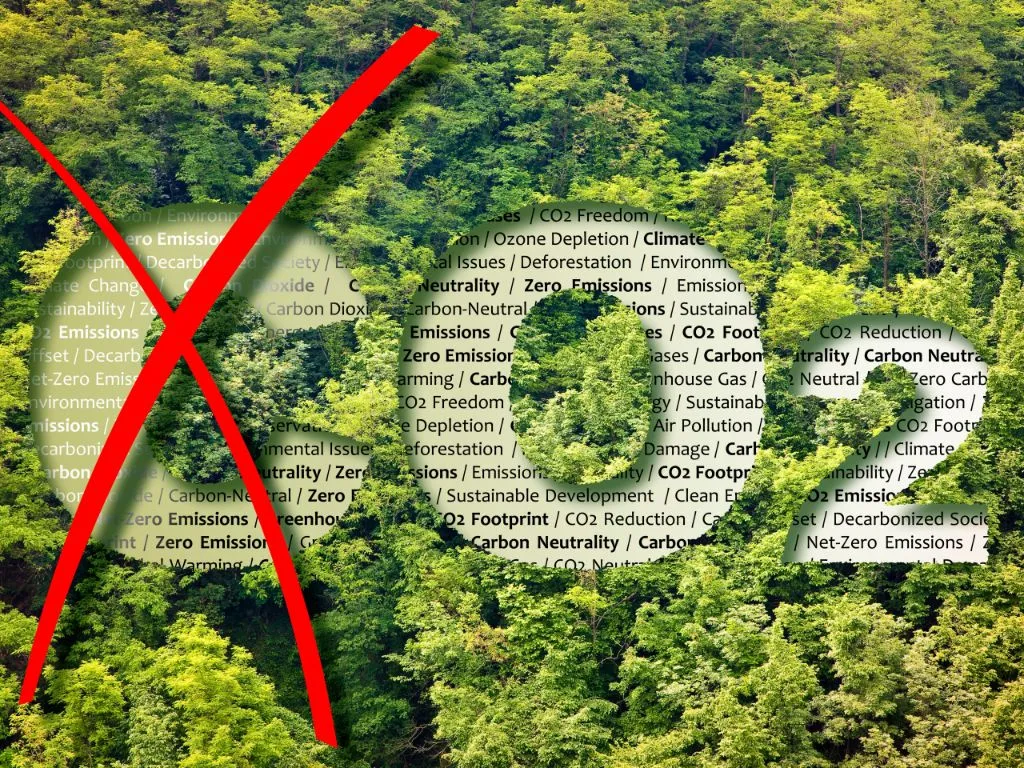- Home
- News Details
News Details

EU prepares to certify carbon removal to help tackle climate change
2023-11-27 Reference source : European Parliament
In an effort to achieve net-zero emissions by the middle of the century, the European Commission is planning to propose a system for certifying the removal of carbon dioxide from the environment.
How does carbon removals work?
Activities that remove carbon dioxide from the atmosphere and store it permanently are known as carbon removals.
There are numerous approaches to accomplish this, such as:
-
Removing carbon directly from the air and storing it in a stable state for permanent storage.
-
Carbon farming, or practises that improve carbon sequestration in soil and forest (e.g., wetland and peatland management, forest restoration).
-
Carbon storage in products (for instance, wood-based structures store carbon that is sequestered by trees).
In addition to increasing carbon reductions, the EU must accelerate its 2050 climate neutrality goal in order to compensate for residual emissions that are anticipated from industries like manufacturing and agriculture.
Today, the natural carbon cycle is carried out by nature, mostly by forests, soils, and oceans, which absorb CO2. Reforestation and "carbon farming" techniques, which capture CO2 from the atmosphere and store it in soil or plant material, can promote these natural processes.
EU carbon removal certification scheme
In November 2022 the European Commission suggested the creation of an EU-wide carbon removal certification programme to promote and accelerate the implementation of efficient, high-quality carbon removal operations.
Certification would guarantee precise measurement of carbon removal activities, long-term storage of carbon, and support, or at the very least not hinder, other environmental objectives such as biodiversity, zero pollution, and the circular economy.
A unified certification programme would build confidence and direct funding from public and private sources towards carbon reduction initiatives.
Members of the European Parliament (MEPs) stressed the need to create an "EU registry" to maintain openness, disseminate information to the public, reduce the possibility of fraud, and prevent duplicate counting of carbon reductions, The system must also comply with international standards.
Additionally, MEPs believed it is necessary to differentiate between the definitions, quality standards, and regulations for carbon removals, carbon farming, and carbon storage in products, due to their differences and environmental impacts.
Next decisions
Now that the Parliament is ready, talks with EU member states can begin.
We acknowledge that the above information has been compiled from European Parliament.
Global Product Compliance (GPC) specializes in Global Regulatory Compliance Solutions across sectors
globally. SSS Europe, a familiar name in chemical regulatory and compliance services now formally belongs
under the umbrella of GPC Holding Sweden.
Since 2008, we have emerged as one of the leading names among Global Regulatory Compliance Service
Providers with Representation services in Europe, Asia and Middle East for respective chemical
regulations.


